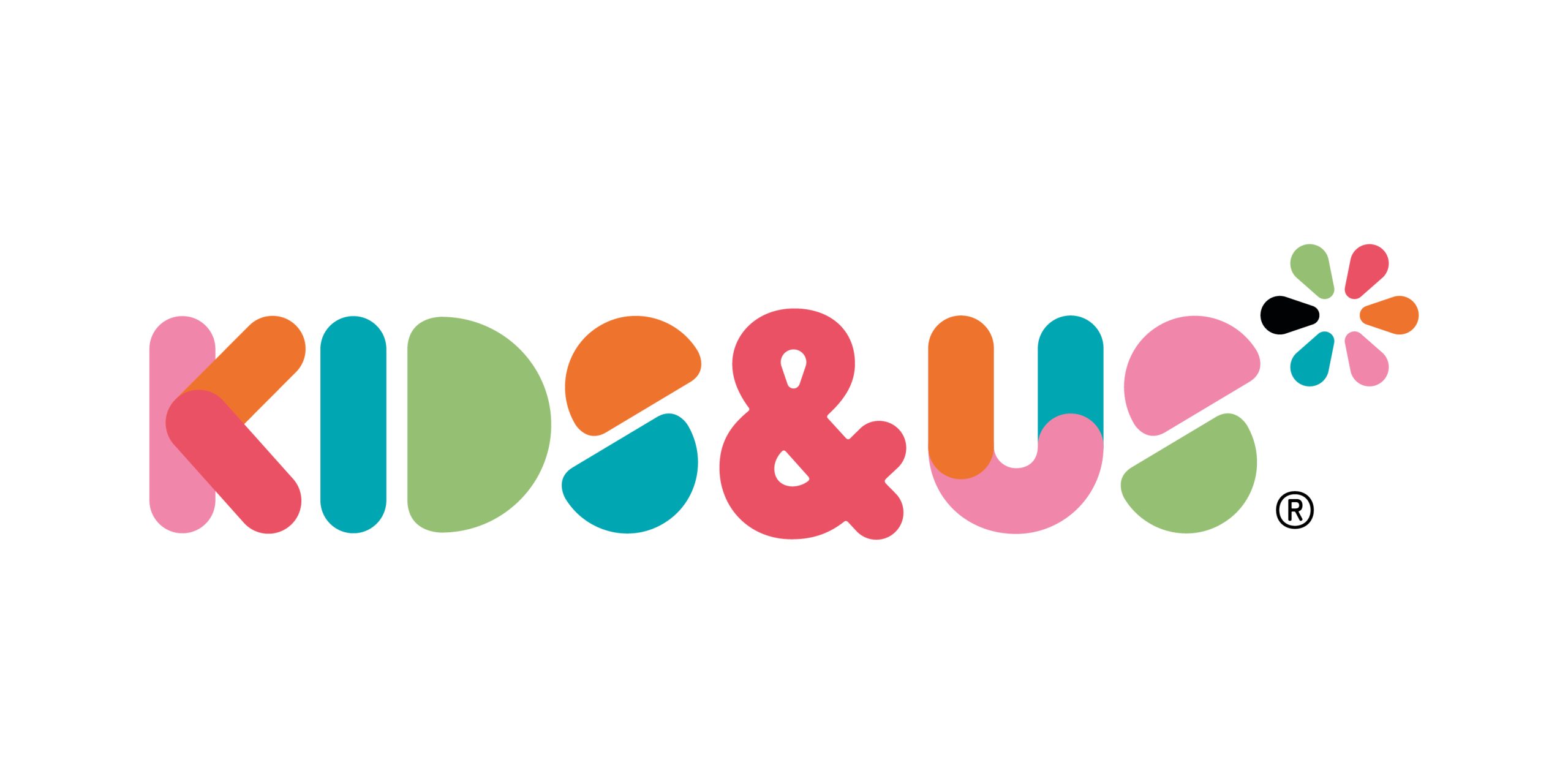Even the longest journey starts with a step
The Method to Learn English
Take the steps
The method to learn English
Kids&Us’ method to learn English is based on the natural process followed when learning the mother tongue, it’s an educational journey which follows a logical, natural, and spontaneous order.
For Kids&Us, the parents' role is key to the children's learning process.
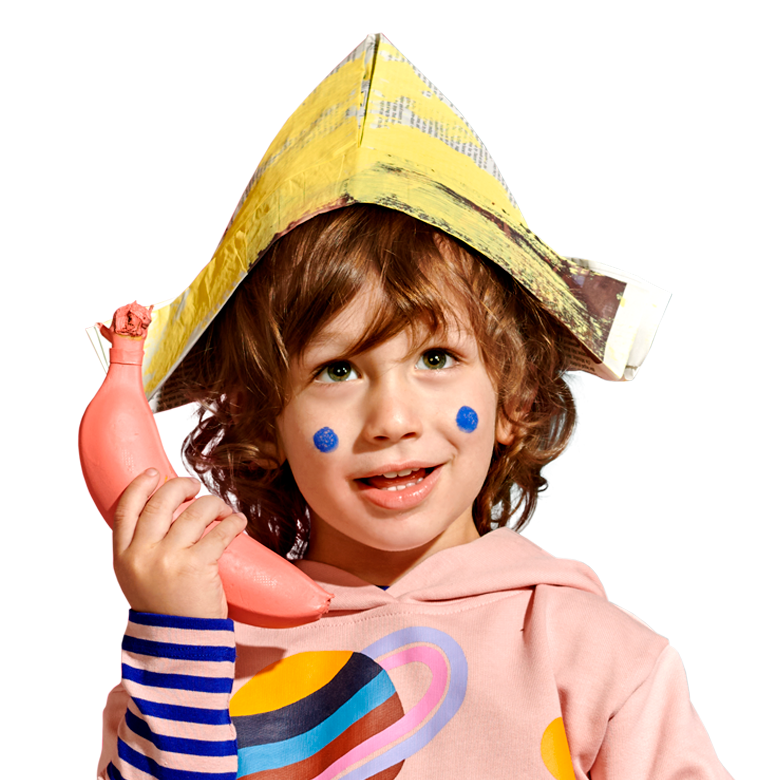
Step One
Listening
It is evident that the language acquisition process begins long before the child starts speaking. For this reason, at Kids&Us we believe children should start learning English from the age of one through daily exposure to the new language..
Step Two
Understanding
After hearing the same combinations of words at different times and in different contexts, the child eventually understands the meaning of everything they hear. Parents communicate with their children by speaking in a natural way, using a wide variety of words, expressions and phrases in different tenses. The Kids&Us method reproduces this situation with its students and exposes them to language as it is, through contexts that are easily recognisable to them.


Step Three
Speaking
Talking is the natural consequence of listening and understanding. At this point in their journey, we create situations in the classroom where the students have the opportunity to verbalise and put into context everything they have learnt up to that point.
Step Four
Reading
Reading is a natural consequence of listening, understanding, and speaking. Starting to learn a language by reading and writing it first is unnatural; it is like trying to make a bird fly before it knows how to spread its wings. At Kids&Us our students start reading in English from the age of 8, that is to say, once they have consolidated their oral language skills and can already read in their mother tongue.


Step Five
Writing
Writing is expressing your thoughts on paper. To reach this stage of language development, it is essential to have passed the previous stages: listening, understanding, speaking and reading. When our students begin to write in English, they already have a solid enough foundation of the language to be aware of what they are communicating in written form. In other words, at Kids&Us we introduce this skill at a time when the students are most ready to tackle it successfully.
The pillars of the Kids&Us Method


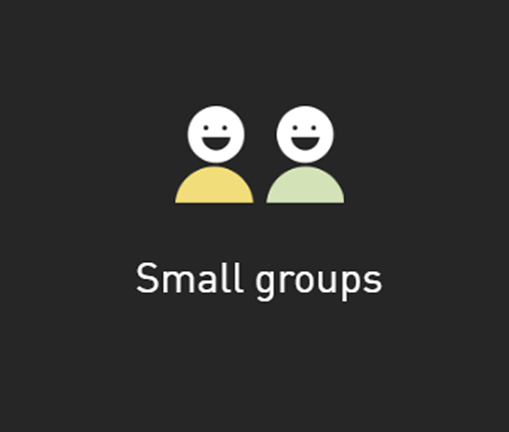

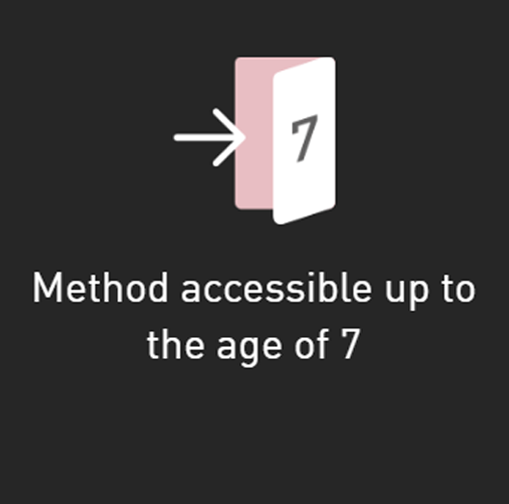

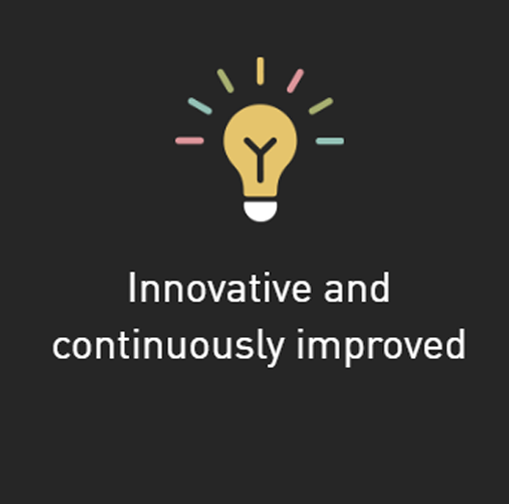
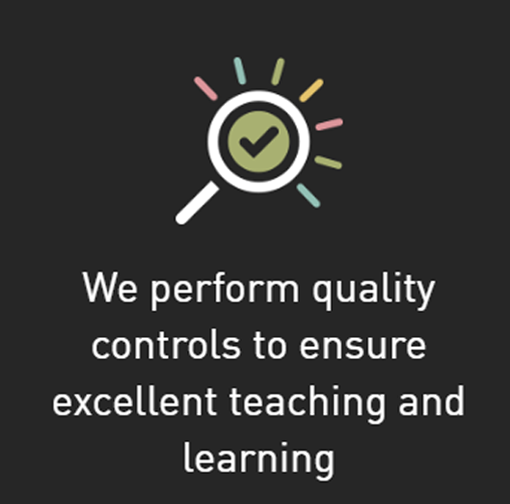
10 unique traits of Kids&Us
With the perfect dose of English and fun! The classes are a combination of linguistic knowledge, spiced up with songs and games, behind which there is intense grammar work to consolidate the learning objectives. Whether inside or outside the classroom, all the ingredients of the Kids&Us method are meticulously calibrated to make learning effective, dynamic, and motivating.
All the activities carried out in class have a communicational purpose and are designed to consolidate and enhance the contents and objectives of each course. In our method, nothing is done just for the sake of it; everything has a reason!
With our method, the children learn in a natural way by making the most of their innate resources. We want them to be in contact with real English from day one, without adaptations or omissions, so that their learning is comprehensive. In other words, we want them to be able to communicate, have good pronunciation and develop good oral and written comprehension.
At Kids&Us we do not distinguish between levels of English, in the same way that there are no levels when acquiring the mother tongue. We use stories and characters relevant to each age group. During the classes, the children will learn that their surroundings and the things they are familiar with also have their own names in English.
With Linda, the character for 2-year-old Babies, the children will see how she stops wearing nappies and starts to use the toilet. However, in Oliver (6 to 7-year-olds) one of the character's teeth falls out. This makes it easier to pique the children's interest and keep them motivated.
Up to the age of two, the children attend one 45-minute class per week. From the age of three until they begin to read and write, they come for one hour a week. And from the age of 8, the number of hours of class per week will gradually increase to 3 hours per week, spread over two days. In short, it is an effective and sustainable dose over time, in accordance with the age of the students.
We believe that continuous exposure to language is essential for learning. By repeatedly listening to a particular audio track, it aids the children in retaining a large number of words and structures in their brains, so that when they hear them or work on them in class, they can identify and reproduce them much more easily than if they had not heard them before. At this point, it goes without saying, the importance of listening is not to be underestimated; through listening, the ear becomes accustomed to understanding English and its pronunciation.
These tracks are approximately ten minutes long. They can be listened to at any time and during any activity, as long as it is not watching television or any other type of audiovisual stimulus that may distract them. In this regard, it is important to find a time to listen to them on a daily basis, in order to integrate this habit as a routine (at breakfast, before going to bed, etc.).
If they do not listen to the audio track then the method becomes less effective. This is because the classes are planned around activities that use vocabulary the children are familiar, so if a child does not listen to the audio track then it is more likely they will struggle to follow the class, and, as a consequence, lose motivation.
No, it is not necessary! You, the families, are the best support for your child to learn English, by showing interest and enthusiasm for what they are learning. With your emotional support you contribute more than you can imagine to the success of the learning process.
It is only necessary in the first years of the method (1 and 2 years). Your presence makes the children feel safe and comfortable in the new environment and they begin to connect emotionally with the language, generating a very special bond that will make their learning productive.
When families stop attending class, halfway through Linda, you should make sure that the children listen to the audio at home on a daily basis and, if you wish, carry out the complementary activities that we suggest.
At Kids&Us, our method could not be more different from what the children learn at school. Our method is based on complete linguistic immersion and comprehensive language acquisition. Grammatical structures and vocabulary cannot be learnt in isolation but rather in real contexts. Moreover, we take full advantage of the fact that we work with smaller groups in order to promote and provide more opportunities for oral expression.
It is not a question of starting late but of starting when the students are ready to succeed. In fact, with our mother tongue we do not start speaking, reading, and writing simultaneously, but we first learn the language and then learn to read and write it. Therefore, we believe that it is more natural and fruitful to promote listening and speaking during the first years of learning English and to introduce reading and writing later on.
Because our method works: your child will learn English with us, just like the other 150,000 students who attend our 500 school in nine different countries.
As leaders in teaching English to children in Spain, we believe in continuous improvement and innovation. We are the leading company in the sector thanks to our own efficient and proven method.
